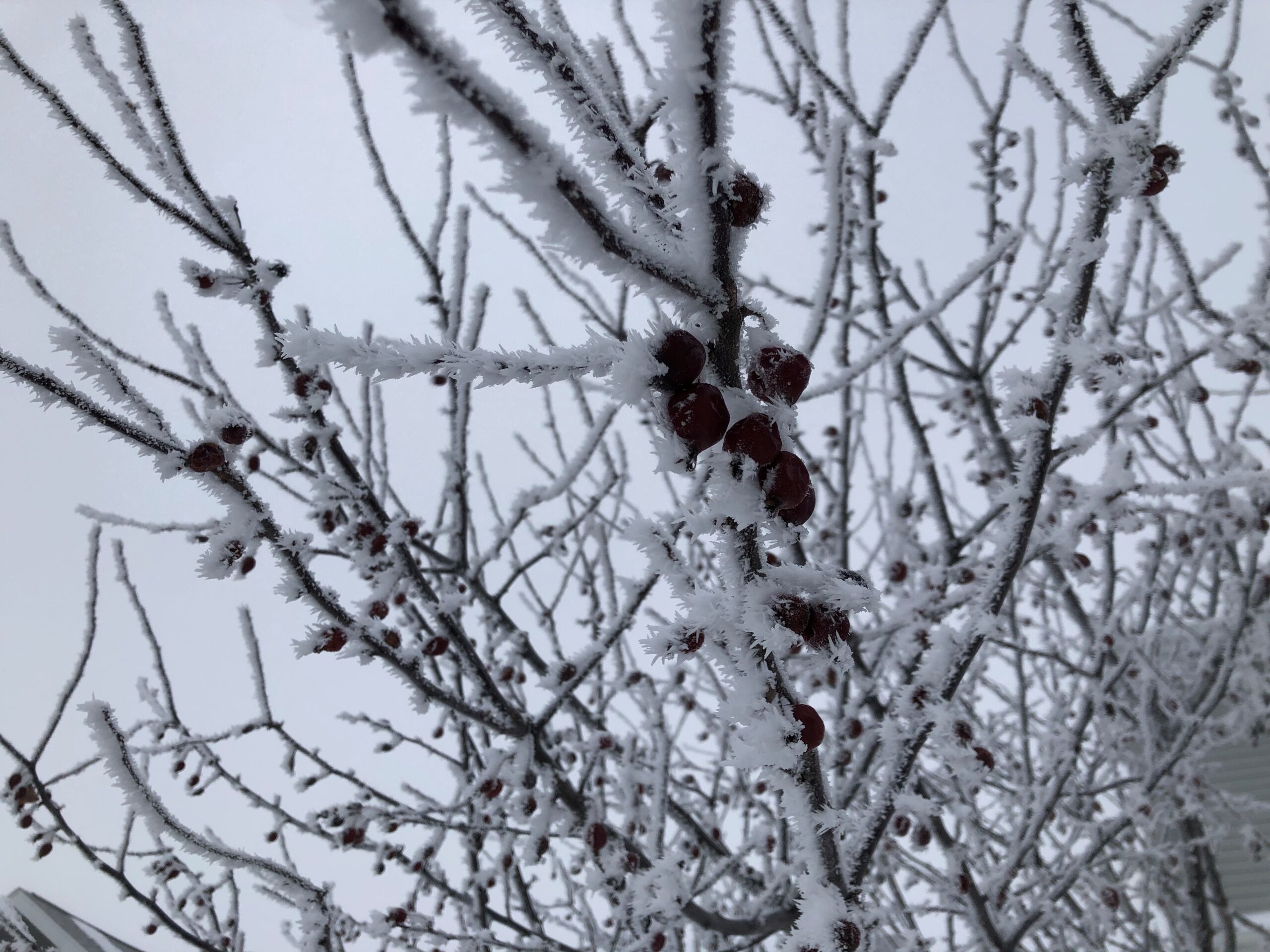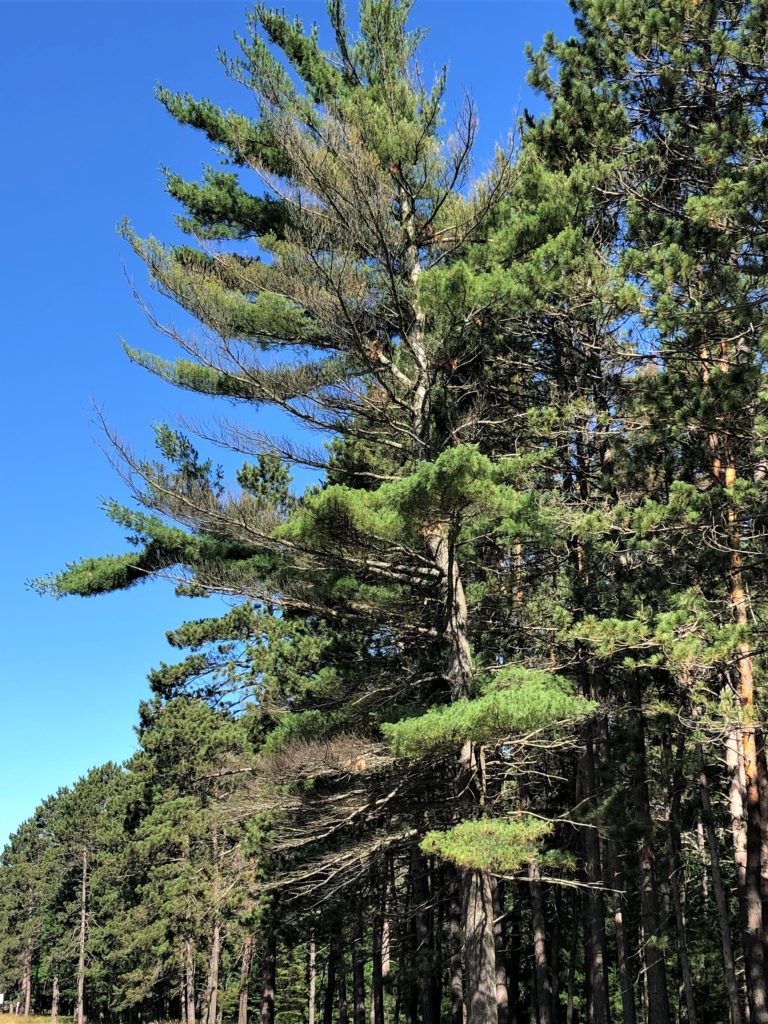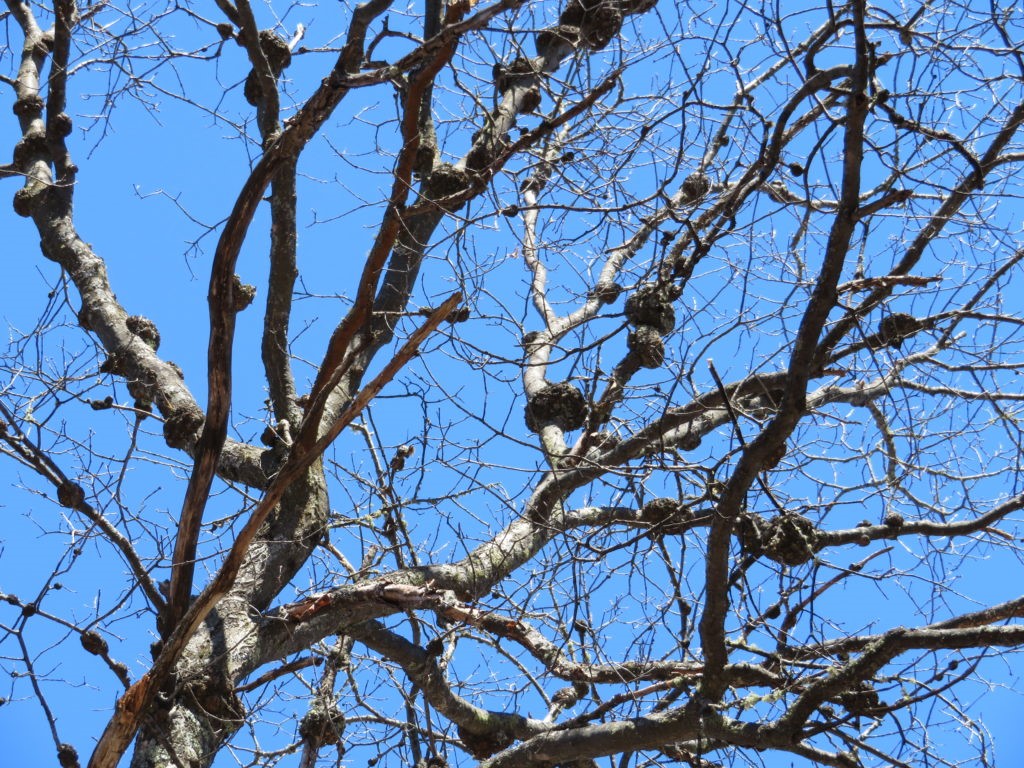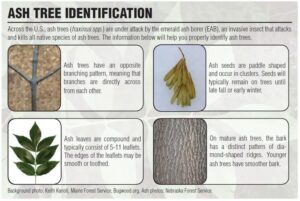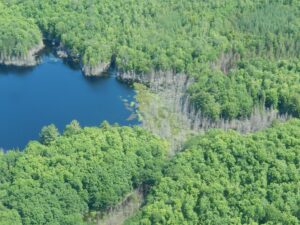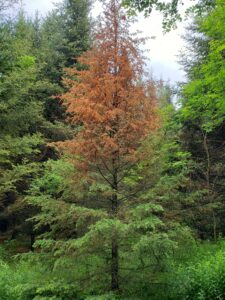By Todd Lanigan, Forest Health Specialist, Eau Claire. Todd.Lanigan@wisconsin.gov or 715-210-0150
Snow fleas are a species of springtails that are active during the winter and are generally found in groups where their dark-colored bodies stand out against the white snow. While often observed in late winter or early spring, they also come to the surface on warm winter days. Cold weather drives snow fleas back below the surface to wait for better weather.
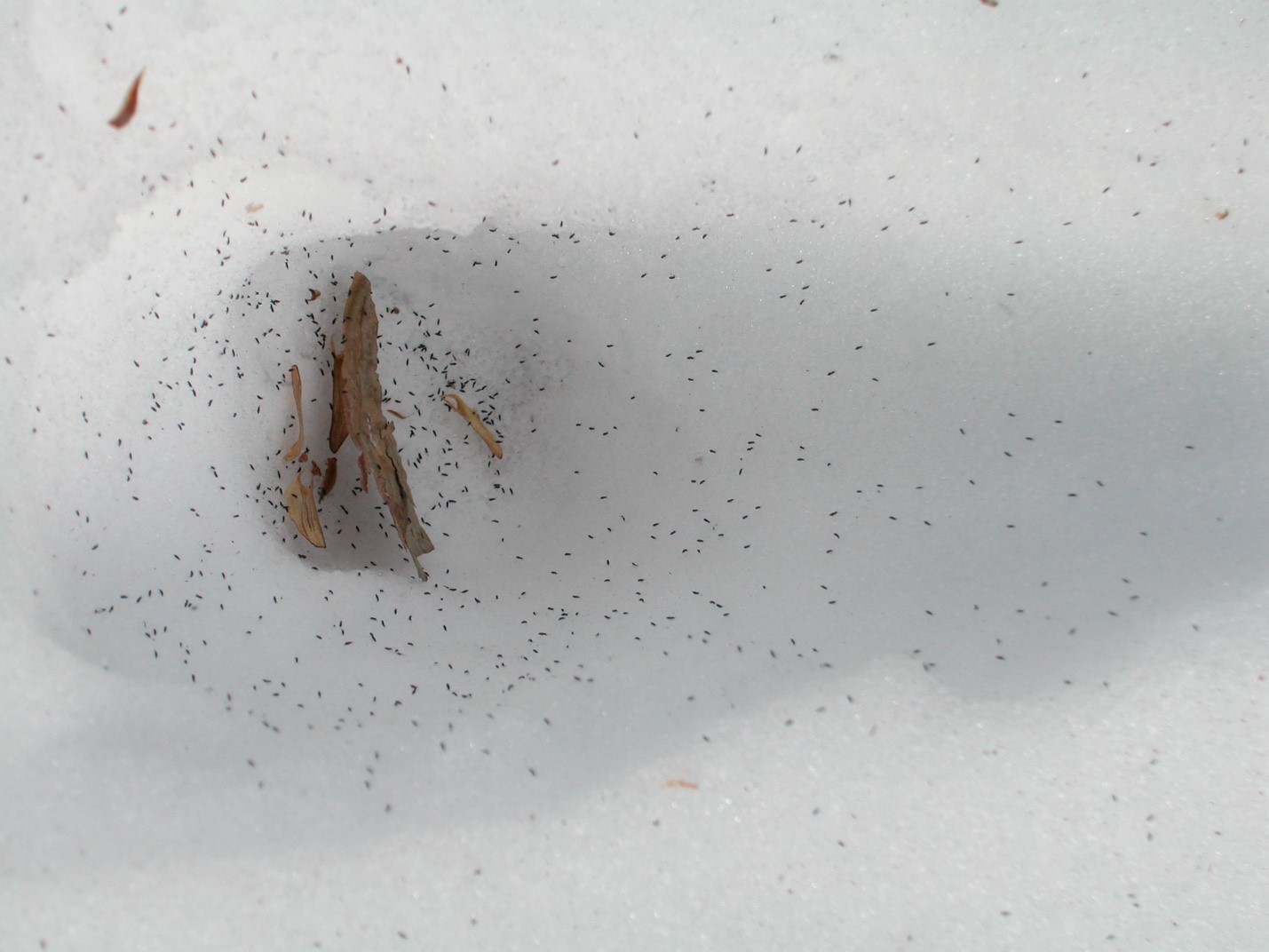
Easily mistaken for specks of dirt or debris, snow fleas are tiny soil-dwelling animals that gather on the surface of the snow on warm winter and spring days.

 The Wisconsin Department of Natural Resources’ Forest Health team recently completed the 2020 Forest Health Annual Report. The report summarizes impacts from pests, diseases and weather on the health of Wisconsin’s forests. Highlights from 2020 include:
The Wisconsin Department of Natural Resources’ Forest Health team recently completed the 2020 Forest Health Annual Report. The report summarizes impacts from pests, diseases and weather on the health of Wisconsin’s forests. Highlights from 2020 include: